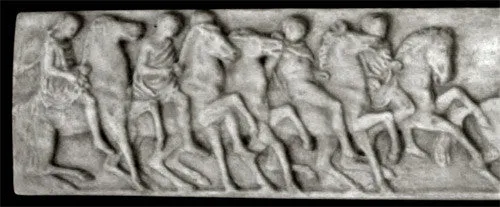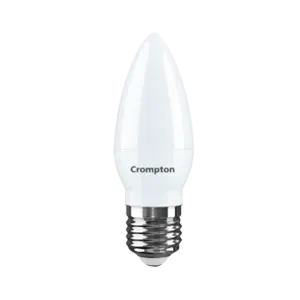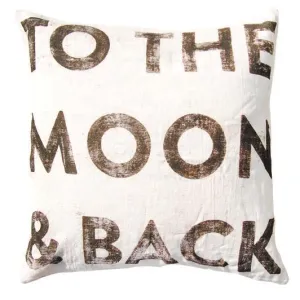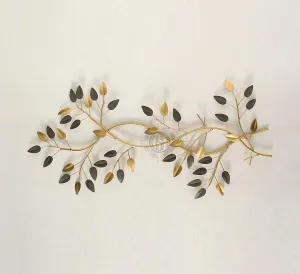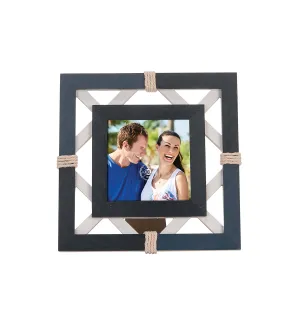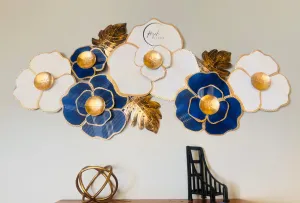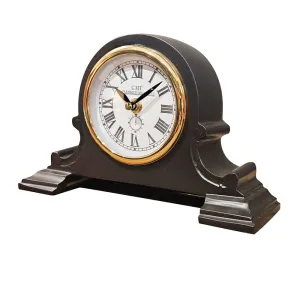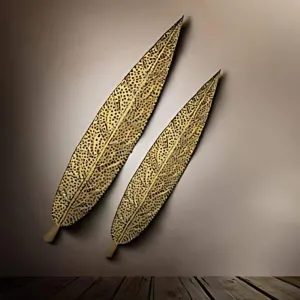3.875 Inches High x 29.5 Inches Wide x .75 Inches Deep
Upon arriving in London in 1811 from Scotland and seeing Lord Elgin's collection of Parthenon sculptures, John Henning (1771-1851) asked Lord Elgin for permission to study them. The Scottish sculptor was one of the first artists to do so. Henning drew the reliefs and then sculpted miniatures of them in ivory but, disliking the outcome, instead carved negatives in slate from which plaster casts could be made. He spent 12 years drawing and sculpting the Parthenon and Phigalia (Bassae) friezes. His reproductions, at 1:20 scale, are extremely detailed copies of the original sculptures although at times he did take artistic license and sculpt missing elements. Henning's miniatures of the Parthenon friezes were offered for sale by the British Museum in boxed sets. Unfortunately, Henning could not copyright his detailed sculptures, and they were copied and sold by others.
Artist: John Henning
Museum: Examples of Henning's casts and molds are in the British Museum, London, and Paisley Museum, Paisley, Scotland
Origin: The Parthenon, Athens
Time Period: Modern, early 19th century
1913 Catalog ID # - 8059
Sources:
"John Henning 1771-1851. Sculptor." National Galleries of Scotland, .
"John Henning: Reproducing Antiquity." Classics & Class, .
"John Henning's moulds and casts of the Parthenon sculptures." The Trustees of the British Museum, London. The British Museum Images, .





